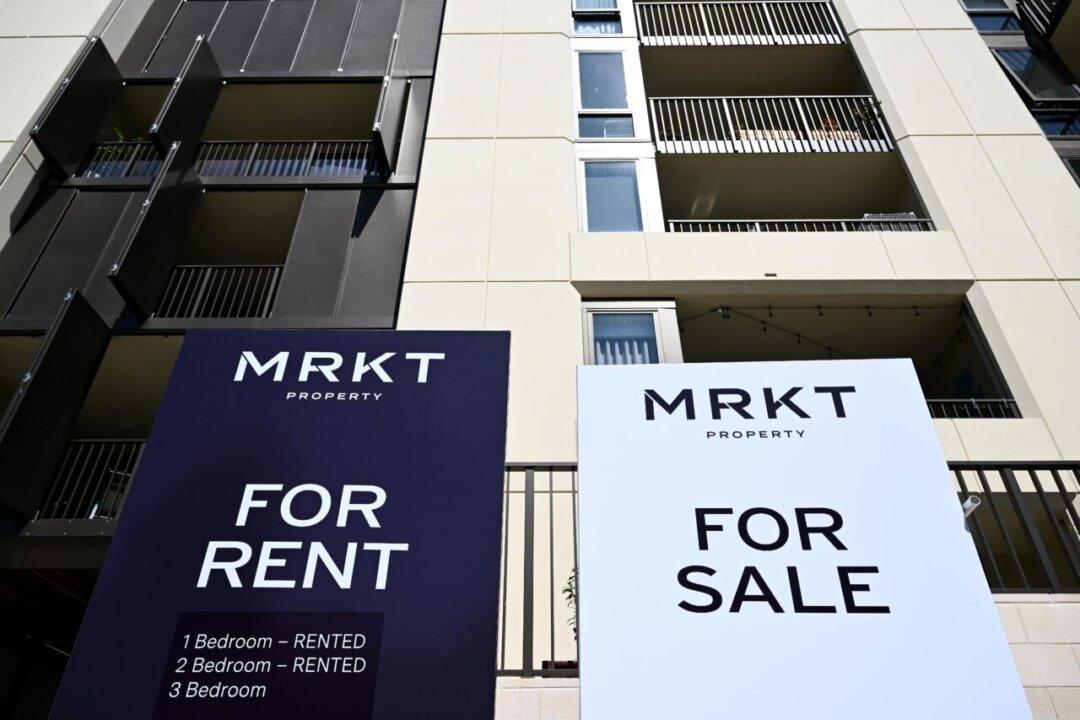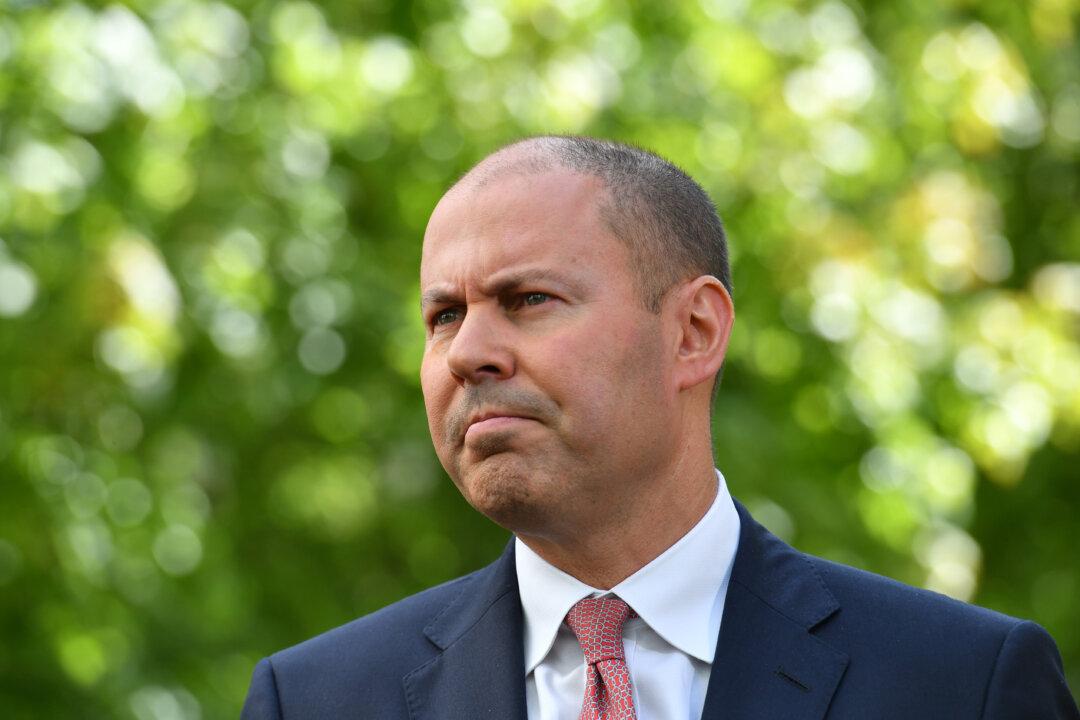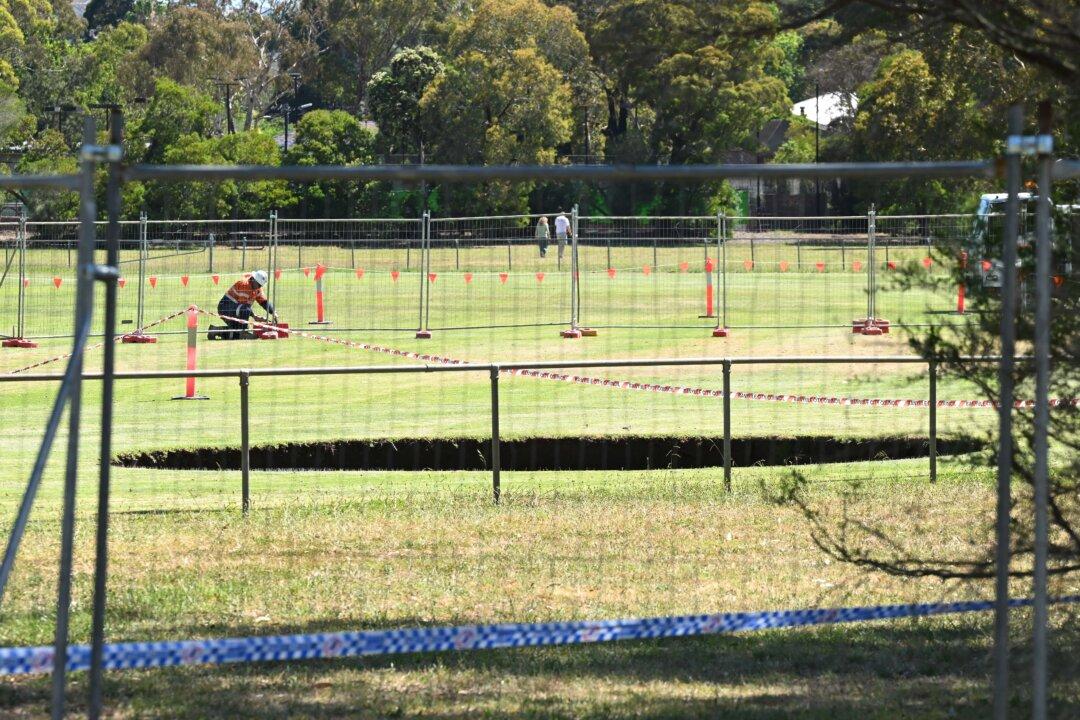The lines of tenants queuing outside rental properties on a weekend are only expected to get longer as pressures on Australia’s rental market intensify.
Fresh data released this week pointed to a re-acceleration in rents as well as a stabilisation in home prices, a situation that St George economists have labelled a “double-whammy” for the one-third of Australian households that rent.





